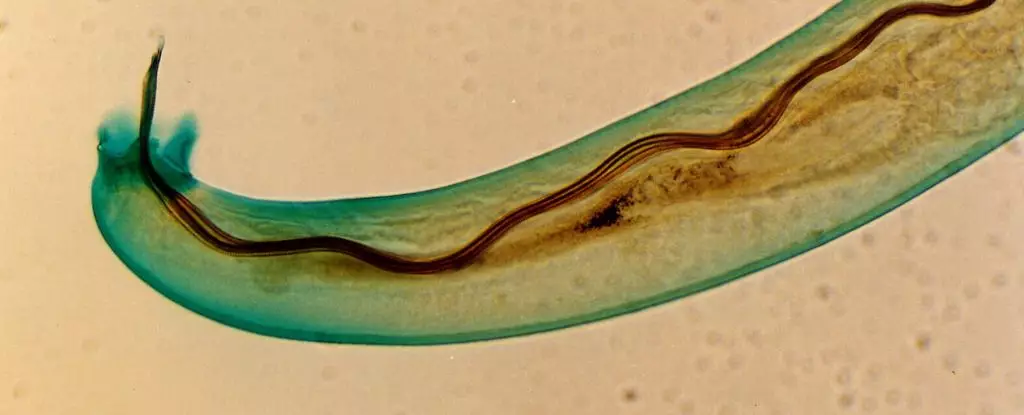Traveling is often associated with pleasure and new experiences, but there are hidden dangers that can manifest unexpectedly when we return home. A recent case of a 30-year-old woman from the United States serves as a wake-up call regarding the potential health risks that can come from international trips. Her story highlights the importance of being aware of foodborne and waterborne parasites that can survive unnoticed in our bodies, leading to severe complications.
After returning from a noteworthy trip to destinations like Thailand, Japan, and Hawaii, the woman began to experience an alarming and unusual set of symptoms. Initially, it was a burning sensation in her feet, one that seemed almost trivial in the grand scheme of post-vacation woes. However, as days progressed, she felt an escalating pain that traveled from her feet to her legs, trunk, and arms. This insidious onset lasted 12 days before her condition escalated to a debilitating headache that was resistant to pain relief methods.
Despite multiple visits to healthcare facilities, her case puzzled doctors. An initial examination indicated only mild inflammation in her body, an unsettling sign that would later prove insufficient in diagnosing the true nature of her affliction. The pressure mounted as her symptoms grew more severe and accompanied by a mild fever. It was only after her return to a different hospital, seeking a second opinion, that the complexity of her situation began to unravel.
As if the physical pain wasn’t alarming enough, the patient’s mental state began to deteriorate. Days after the initial symptoms, she exhibited unusual behavior, which alerted her roommate to the serious nature of her condition. Confusion clouded her clarity, further raising concerns among her loved ones and ultimately leading to another trip to the hospital. The invasive tests that followed revealed the possibility of encephalitis, an inflammation of the brain that usually indicates an underlying central nervous system infection.
Despite comprehensive testing, initial blood work and brain imaging did not yield clear signs of parasitic involvement. Yet, the lumbar puncture—a more invasive procedure meant to analyze cerebrospinal fluid (CSF)—revealed critical indicators that would change the course of her diagnosis. Remarkably, her CSF exhibited markers indicative of eosinophilic meningitis, which is typically linked to parasitic infections. It was here that the pieces started to come together in the medical puzzle.
With a background tracing back to the woman’s recent travels, doctors soon suspected a case of angiostrongyliasis, colloquially referred to as “rat lungworm disease.” This parasite, known scientifically as Angiostrongylus cantonensis, completes its life cycle in the lungs of rats before evolving to infect slugs and snails. Humans become accidental hosts primarily through contaminated food sources, especially fresh produce.
The unfortunate irony is that many travelers don’t realize the potential dangers posed by these parasitic larvae hiding in food. Proper washing of greens and being cautious about food preparation in areas where the parasite is prevalent is crucial for travelers. Ingesting raw or undercooked seafood can also transmit the parasites, adding another layer of importance on culinary vigilance.
Fortunately, in this case, the woman received timely medical intervention. A two-week course of targeted medication specifically designed to cross the blood-brain barrier was administered, coupled with high doses of prednisone to combat swelling. This treatment plan proved effective, allowing her health to stabilize and eventually return to a semblance of normalcy.
Her story ended on a positive note, as she was discharged from the hospital without lingering effects from the parasites. However, her ordeal raises a critical question: Are enough precautions taken to ensure the safety of travelers faced with similar risks? As globalization continues to make the world more accessible, the need for stringent guidelines on food safety while traveling must be reinforced.
The tale of this young woman emphasizes the often-ignored potential dangers linked with global travel. Awareness of foodborne illnesses and parasite transmission is essential for ensuring safe adventures abroad. This case also serves as a reminder that pain and confusion should never be dismissed as mere travel fatigue; they may mask far more serious conditions waiting to emerge. As we pack our bags for our next journey, let us pay heed not only to the excitement of new experiences but also to the hidden health dangers that may accompany us.


Leave a Reply